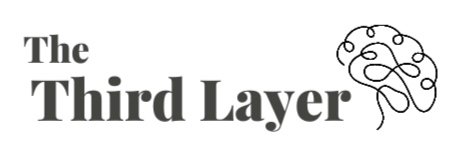Pinpoint vs elastic creativity
When I was working with the co-founder of The Onion on a very Onion-y book, I thought writing for them would be my life’s dream. Creativity personified, right?
I wrote hundreds of headlines in class, which was great fun. And then I was done.
Pinpoint creativity
The Onion is what I call pinpoint creativity. You have a point on the creativity or art map, and excellence is getting as close as you can to that exact pinpoint. I.e., playing a classical music piece on a piano or writing the perfect Onion headline. Hitting the nail on the artistic head.
We know how pinpoint creativity works when we see it. And, yep; a sports analogy works (as usual). Who doesn’t love the satisfaction of watching a gymnast or diver nail a perfect 10 at the Olympics? In a similar way, we also love watching a pristinely played orchestra or reading the perfect Onion headline (“Dolphin Spends Amazing Vacation Swimming with Stockbroker”).
Elastic creativity
And then there’s elastic creativity, the free-form, inventive, problem-solving jazz of creativity. It’s messy, and there are no pinpoints to work towards. In fact, you’re working away from pinpoints. Whatever has come before you is exactly what you don’t want to do. Rap artists, inventors, composers, tech moguls, painters, poets … elastic creativity is open, personal, messy, unknown.
Creative thinking is elastic
Everyone from the World Economic Forum to Harvard Business School to academic-y people in the know about these sorts of things are telling us that the most in-demand skill on Earth within 20-30 years will be creativity. We’ve already lost millions of jobs — anything to do with automation, manufacturing, repetition — but machine learning is coming for you, too: proofreaders, retail clerks, servers, coders, reporters, even doctors.
But I think they mean elastic creativity, not pinpoint, or finite, creativity. Here’s an example: If you’ve ever played cribbage, you’ll know that it’s finite. Not accounting for suits, there are 14,715 possible hands in a cribbage game. If you pinpointed all 14,715 best moves in cribbage, which would take years to master, you’d be unbeatable.
Yet, if a computer learned cribbage, it could beat anyone in milliseconds. If cribbage-playing was a job, it would have been outsourced to machines a decade ago. Anything you can do perfectly — literally at 100% — will eventually be outsourced to a computer.
The sorts of games that can’t be outsourced to a machine are the sorts of games that require elastic thinking or creativity: charades, Pictionary, Balderdash, Dixit. Messy, unknown, open, personal, infinite.
You’re already doing elastic creativity
Elastic creativity is what you do every day. Unless someone hands you a script each morning, you improvise all day long. You come up with new ways to have a conversation with your boss every single day. To get your toddler to eat peas, you invent a new way to play ‘airplane’.
And it’s easy to learn how to do more of it. You just need to realize that there’s two different forms of creativity. Which you have, if you’ve read this far. Gold star!


